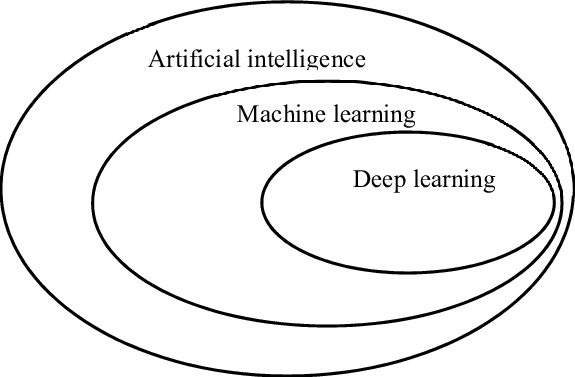Key Differences between Artificial Intelligence, Machine Learning, and Deep Learning
#Technology #AI

Artificial Intelligence (AI), Machine Learning (ML), and Deep Learning (DL) are often used interchangeably, but they represent distinct areas within the field of technology and data science. Here are the key differences between the three:
Artificial Intelligence (AI): AI is the broadest concept of the three. It refers to the development of computer systems that can perform tasks requiring human intelligence. These tasks can include problem-solving, decision-making, speech recognition, and natural language understanding. AI systems can be rule-based, symbolic, or data-driven, incorporating techniques from ML and DL.
Machine Learning (ML): ML is a subset of AI that focuses on training computers to learn from data and make predictions or decisions based on that data. ML algorithms improve their performance over time as they process more information. They are divided into three main types: supervised learning (where the algorithm learns from labeled data), unsupervised learning (where it learns patterns and structures in data), and reinforcement learning (where algorithms learn through trial and error).
Deep Learning (DL): Deep Learning is a specialized subset of ML that employs artificial neural networks, particularly deep neural networks with multiple layers, to extract features and representations from data automatically. DL has gained prominence due to its success in complex tasks such as image recognition.In summary, AI is the overarching field that encompasses ML, and within ML, you have deep learning as a subset. AI seeks to replicate human intelligence in various applications, ML focuses on training systems with data, and DL utilizes neural networks for automated feature extraction and representation learning.



